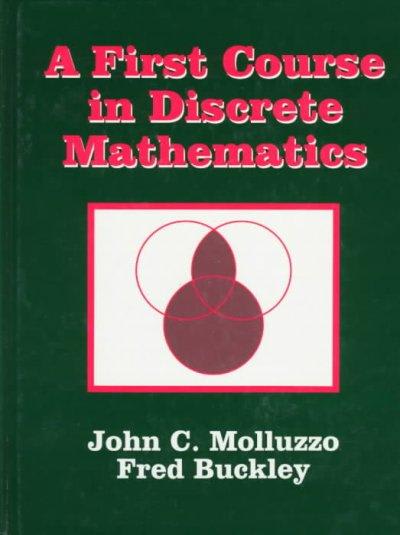
https://drive.google.com/file/d/1LLWc-uecnv7o_Bw8zDicN5PoB5iup99w/view?usp=sharing
Clear answers, please.
Educational Economics 2. Educational economists strive to better understand the relationship between educational variables and other important factors operative in an economy. Observational data on n = 16 schools in the state of New York are available. Eight of these schools received a special school-wide intervention (named \"Schools to Watch") designed to increase reading and mathematics achievement. The remaining eight schools in the sample did not receive the intenrention. Unfortunately, researching economists were unable to assign which schools received the intervention and which ones did not using random means clue to political and social reasons. As a result, the economists want to employee propensity score matching methods in order to estimate the true effect of the intervention on student achievement. The following variables are available: Observation An identifier variable school School name tot School size (i.e., total number of students) min Proportion of minority students dis Proportion of students receiving free and/or reduced lunch (a measure of the amount of disadvantaged students at a school) stw "Schools to Watch", coded 1 = intervention school and O = non-intervention school ach Proportion of students meeting or exceeding reading and mathematics benchmarks Use the raw data in the worksheet entitled "New York 2" to answer the following questions about matching. [f it is unclear which of two or more schools is the best match for another, compute the absolute value of the difference (i.e., the distance) of the variable in question for each of the pairs and choose the potential matching school with the smallest distance. Use the variable Observation in the data set to identify matches. (Enter all observation numbers as whole numbers, all propensity scores to four decimal places, and all proportions as percentages to two decimal places.) (a) Based on a simple match (i.e., a match with respect to only one variable), the best match for obsewation 9 in the intervention group with respect to school size is observation y in the non-intervention group. However, the percent minority students for this obsen/ation is J % and the percent minority students for observation 9 is ,/ %. Therefore, this observation is very to obsen/ation 9 with respect to the percent minority students and therefore v a good match for observation 9 with respect to the percent minority students. (b) Propensity score matching is a more sophisticated matching algorithm in that it takes into account all of the available covariates in nding the best match. According to the propensity scores (labeled score) accompanying the data in the worksheet entitled "New York 2", the best match for observation 9 in the intervention group (with a propensity score of X ) with respect to all of the available covariates is observation X in the nonintervention group (with a propensity score of X ). In addition to on the other variables, these two observations are a much better match on the percentage of minority students with the percentage being % for observation 9 and a percentage of minority students of X % for its match. (c) Identify the best match in the non-inten/ention group for each of the observations in the intervention group based on propensity scores. (Enter all observation numbers as whole numbers). InteNention Schools Match Intervention Schools Match Observation 9 2 x Observation 10 S x Observation 11 4 X Observation 12 6 x Observation 13 7 x Observation 14 1 X Observation 15 3 x Observation 16 5 x (d) Some observations in the nonintervention group are used more than once as matches because they are good for the observations in the intervention group. In other words, these observations are with the observations in the intervention group. Some observations in the non-intervention group are as matches because they are not to any of the observations in the intervention group









